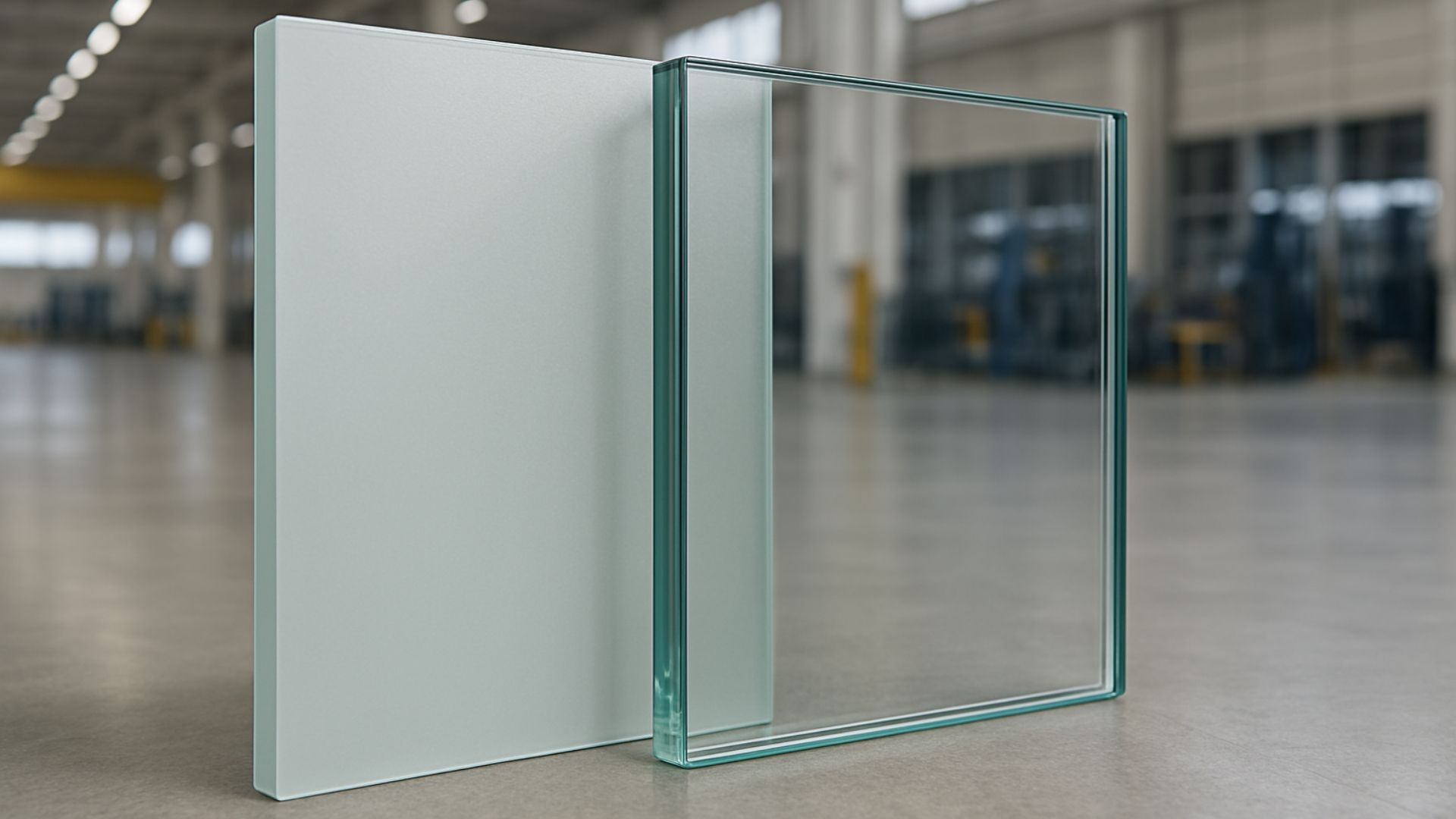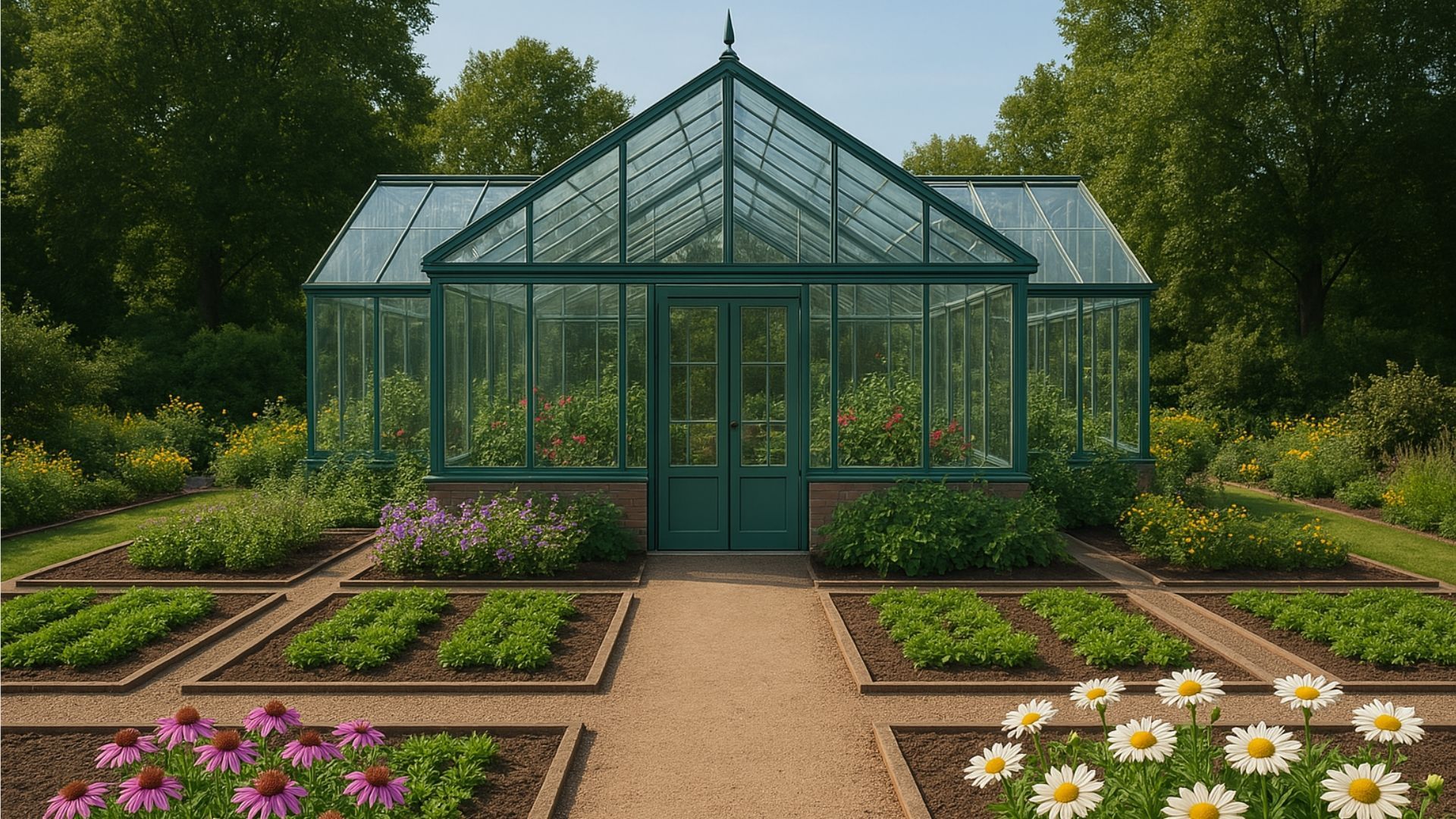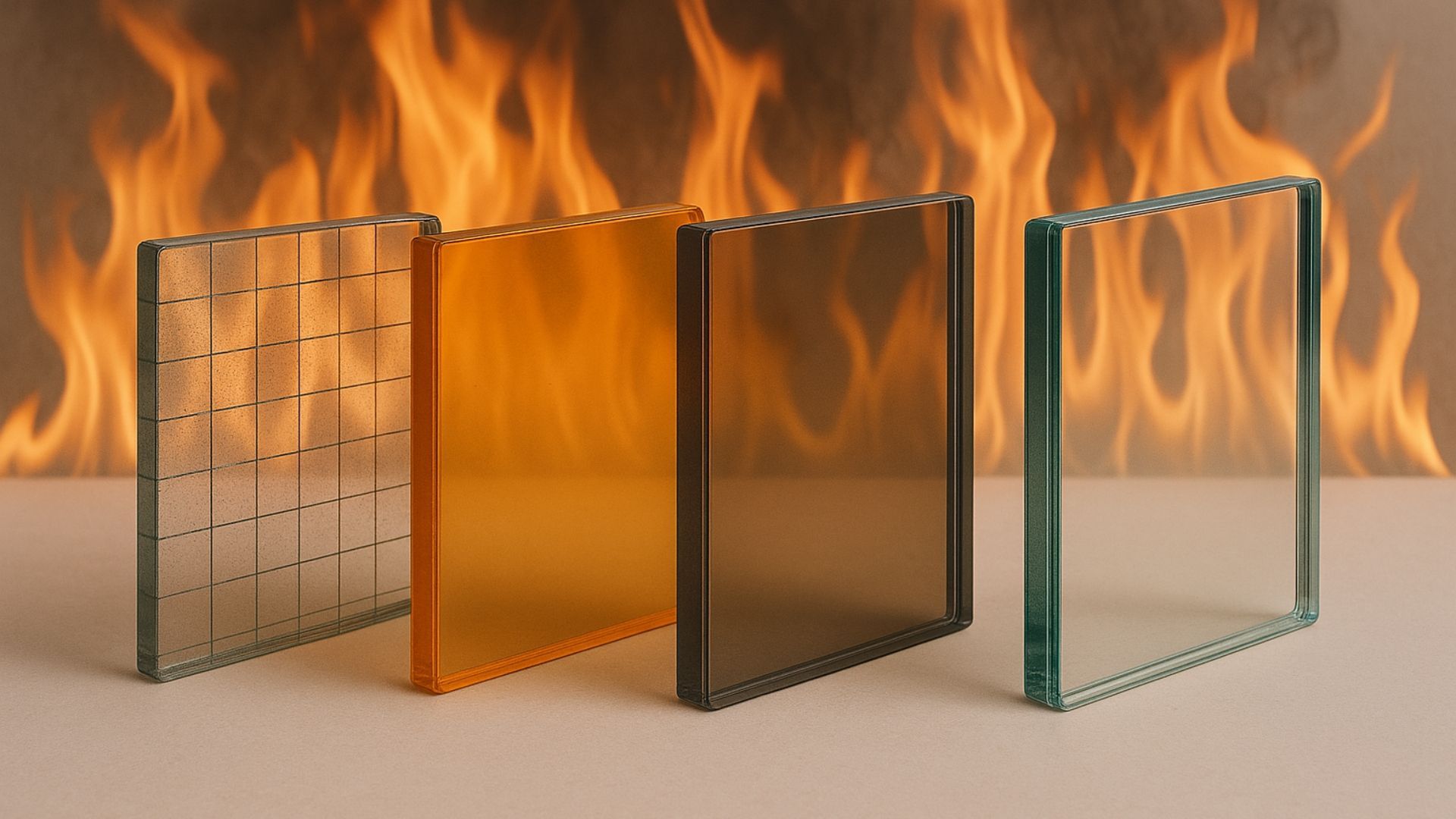Who invented laminated glass?
Share this blog:
Laminated glass is a highly durable type of safety glass. But who invented it? Uncover its backstory today.
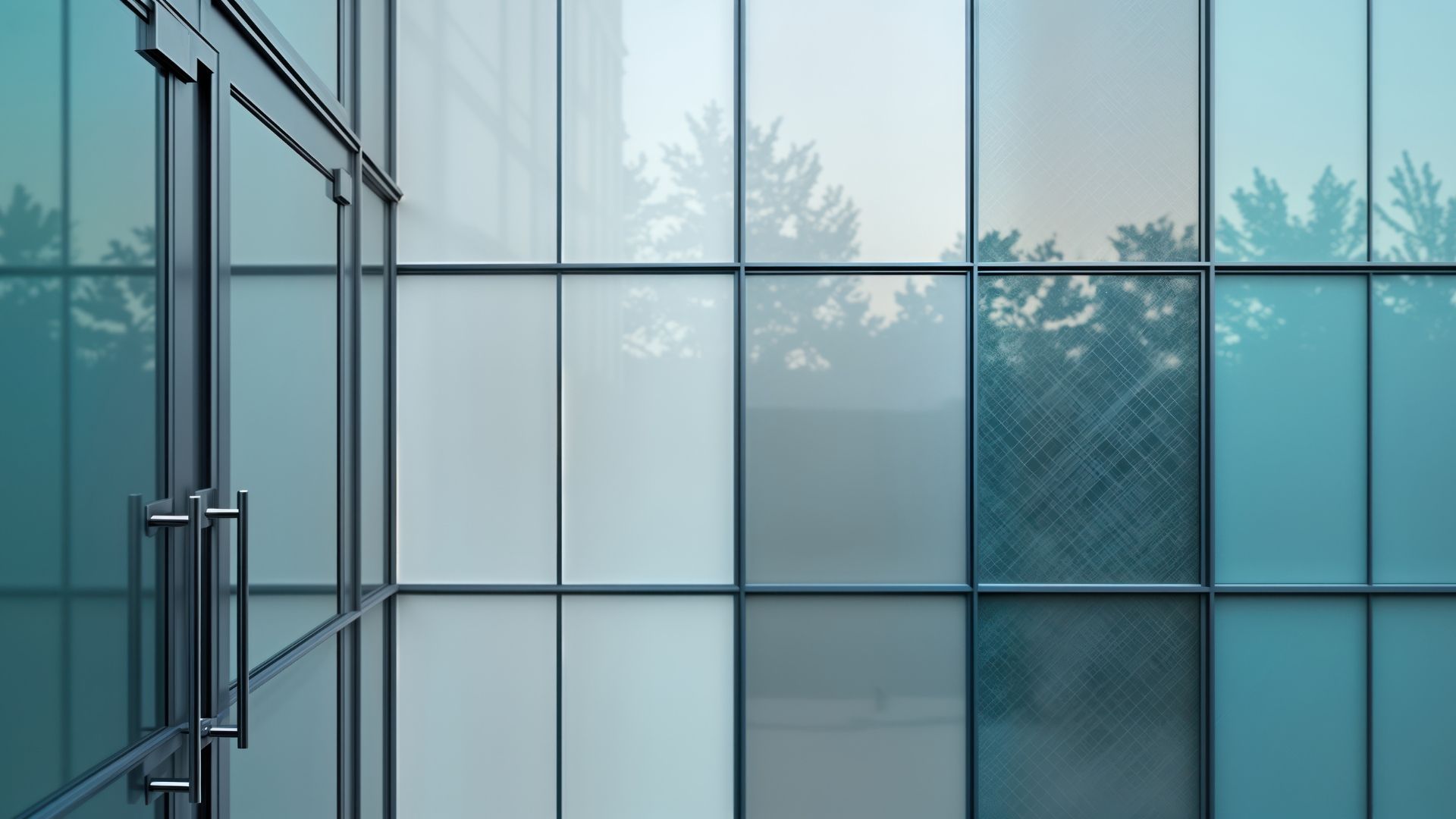
Like many key players in the construction industry, the glass industry has always had to balance aesthetics and functionality. This is nowhere more clearly seen than in the range of products known as "safety glass".
Safety glass refers to any type of glass that meets a certain standard of durability. The two main types used in domestic and commercial settings are
toughened glass and
laminated glass.
It's no exaggeration to say that these glass products can save lives. There's a reason laminated glass is used for windows, doors and other structural features in areas vulnerable to hurricanes.
How can a piece of glass withstand the force of a hurricane? The answer, as in so many aspects of glass fabrication, comes from the manufacturing process.
Laminated glass is made out of a layer of plastic bonded together by two sheets of glass. This means that, when subjected to manual or climatic force, the glass doesn't shatter. Instead, it breaks in a distinctive spider's web pattern, maintaining its structural stability.
Properties and vehicles the world over owe their safety to this miracle glass. But where did it come from? Well, like penicillin, Post-it notes and popsicles, it was all thanks to a happy accident.
France, 1903
Laminated glass was a mistake. In November 1903, the French chemist Édouard Bénédictus dropped a glass bottle and noticed something highly peculiar.
The
story is related by Bénédictus himself in four yellowing pages held in the Saint-Gobain archives. He wrote:
"As I was tidying up my physical chemistry laboratory and moving the jars around, a bottle containing a celluloid solution slipped from my hands and fell to the ground from the height of the room.
"I picked it up," he went on, "apparently intact but starry inside like Bohemian crystal. The retention of the shards was such that at the moment of impact, not a single small, medium or large shard of glass had broken away from the bottle or seemed likely to do so."
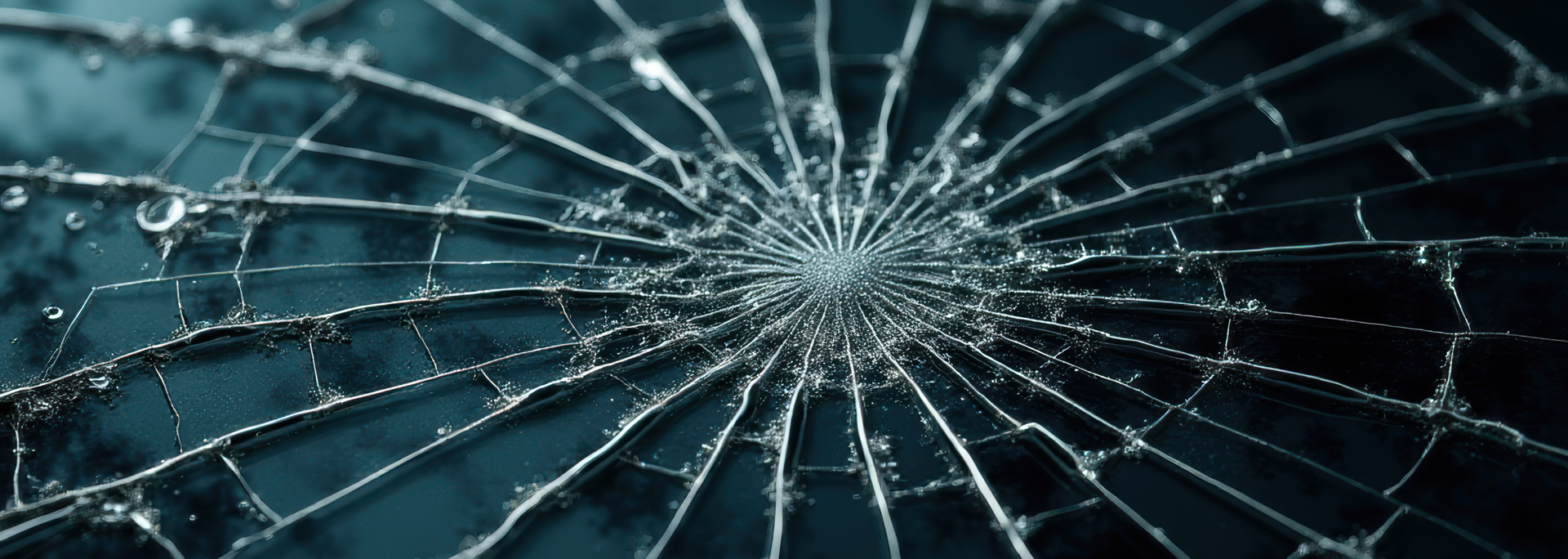
You can imagine the Frenchman's surprise as he picked up the unbroken bottle. Many of us would mutter, "That's weird", put the bottle away and make a sandwich. But Bénédictus had a scientist's eye and inquisitiveness.
Sometime later, he heard that two young women had been badly injured in a car accident. This was at a time when cars were becoming more common on the roads, and the safety features we have today were a long way off.
The women had been cut by pieces of glass after the accident. This story called his discovery back to mind:
"I was, after my dinner, deep in thought about these two accidents," he said, "when, suddenly, without any preparation of any kind, the image of my jar was superimposed, palely lit in 'superimposition' on the frieze, always in motion, of life."
He immediately set to work, manufacturing the first-ever sheet of laminated glass the next day.
This was Triplex glass, made out of "two sheets of thin or semi-thick glass joined by pressure and gluing to a thin core of celluloid or composite materials".
Bénédictus patented his invention in 1909 and founded the Triplex Glass Company in July 1911. This produced "safety glass" and licensed it abroad. Laminated glass was beginning to spread and improve the safety of motorists everywhere.
By the end of the decade, the Ford Motor Company was installing laminated glass windscreens in all its vehicles.
The product we know today is only possible because of Bénédictus' accidental discovery. But the product itself is slightly different.
The key change came in 1936 when polyvinyl butyral (PVB) was invented. This is a type of plastic still used for laminated glass interlayers.
Who was Édouard Bénédictus?
We started this story by saying that Bénédictus was a chemist. But he was so much more than that.
In
1930, the
Glace et Verre magazine described him as "at once a poet and a philosopher, a painter and a musician, a chemist and an inventor".
Born in Paris in 1878, Bénédictus was of Dutch origin and had the philosopher Spinoza in his family tree.
His family was artistic and it seemed as though he might follow in the footsteps of his elder brother, the pianist Louis Bénédictus. However, his family encouraged (or told) him to study as a chemist in Germany.
His career began in the Art Nouveau period, an international movement in the decorative arts that took influence from natural flowing shapes. Despite his initial affinity with Art Nouveau, he moved with the times, adapting his own art to become one of the most celebrated proponents of the Art Deco style.
He specialised in colourful textile and wallpaper designs with vibrant floral motifs. While no longer a household name, he was celebrated in his time, working with famous designers such as André Groult and designing rugs for the French Embassy at the 1925 Exhibition in Paris.
He was also made a Knight of the Legion of Honour and an Officer of the Legion of Honour by the French government.
He's been
said to have had "a profound influence on international fashions in clothing, home furnishings, graphic design, and decorative objects".
Today, his work can be seen in the Musée d'Orsay, the Musée national des beaux-arts du Québec, the Library of Congress, the Art Institute of Chicago and the Minneapolis Museum of Art.
It's impressive to think that a person so celebrated for his art should also alter the course of glass fabrication. He died after a full life in Paris on January 29, 1930.
Final thoughts
Human history is dotted with happy accidents – but it takes a person of skill, knowledge and determination to turn that accident into a life-saving material. Édouard Bénédictus, we salute you!
Are you looking for high-quality
toughened laminated glass? Don't hesitate to
contact ToughGlaze for a quick, competitive quote.



